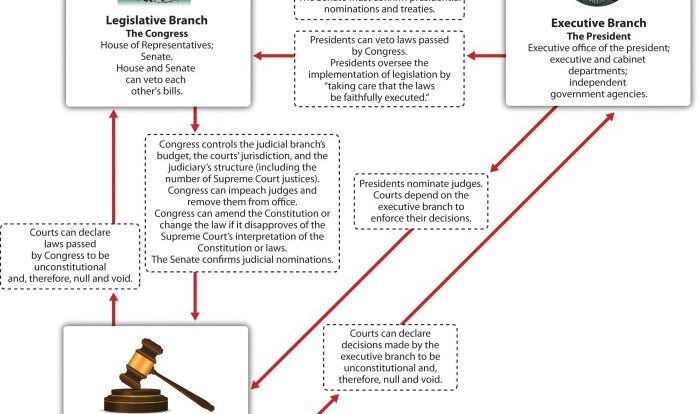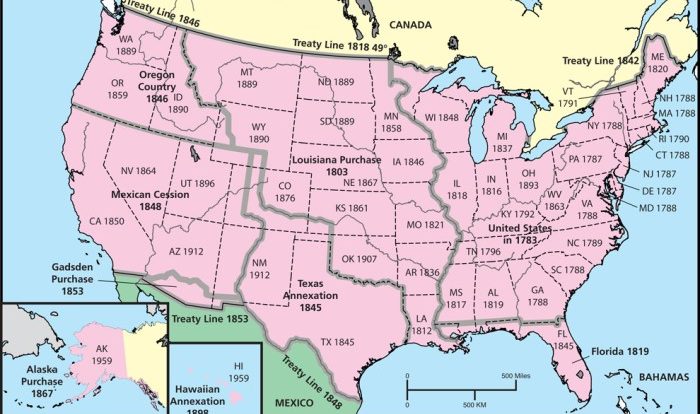Unveiling the Civil War Causes Worksheet Answers PDF, this comprehensive resource delves into the profound historical context and multifaceted factors that ignited the American Civil War. By exploring the intricate interplay of political, economic, and social forces, this document provides an invaluable tool for understanding the origins of this pivotal conflict.
The worksheet delves into the complexities of slavery, states’ rights, economic disparities, and political polarization, unraveling their profound impact on the nation’s trajectory towards civil war. It meticulously examines the Missouri Compromise, the Kansas-Nebraska Act, and the election of Abraham Lincoln, tracing their pivotal roles in shaping the course of events.
Civil War Causes: Historical Context
The Civil War in the United States was a complex conflict with deep-rooted causes. Major political, economic, and social factors contributed to its outbreak.
Slavery and States’ Rights, Civil war causes worksheet answers pdf
Slavery was a central issue in the lead-up to the war. The Northern states had largely abolished slavery, while the Southern states relied heavily on it for their agricultural economy. This difference in economic systems led to tensions between the two regions.
Additionally, the issue of states’ rights, or the power of individual states to make their own laws, became a point of contention. Southern states argued that they had the right to determine whether or not to allow slavery within their borders.
Economic Disparities and Industrialization: Civil War Causes Worksheet Answers Pdf
Economic differences between the North and South also played a role in the conflict. The North was becoming increasingly industrialized, while the South remained largely agricultural. This led to a disparity in economic power and wealth between the two regions.
Northern industries benefited from tariffs that protected them from foreign competition, while Southern agricultural products faced competition in the global market. These economic disparities further fueled tensions between the North and South.
Political Polarization and Secession
Political polarization between the North and South also contributed to the war. The two-party system, with the Republicans representing the North and the Democrats representing the South, became increasingly divided on the issue of slavery. The election of Abraham Lincoln in 1860, who was opposed to the expansion of slavery, further inflamed tensions.
Southern states, fearing that their economic and political power would be diminished, began to secede from the Union.
Military Conflict and its Impact
The Civil War was one of the bloodiest conflicts in American history. Major battles such as Gettysburg, Antietam, and Vicksburg were fought, with hundreds of thousands of casualties. The war also had a significant impact on the civilian population, as cities and towns were destroyed and economies were disrupted.
Reconstruction and its Legacy
After the war, the Reconstruction era aimed to rebuild the South and reunite the country. However, it was a challenging period marked by violence, economic turmoil, and political instability. The legacy of the Civil War and Reconstruction continues to shape American society, influencing race relations, voting rights, and economic development in the South.
Frequently Asked Questions
What are the key political factors that contributed to the Civil War?
The rise of sectionalism, the debate over slavery and states’ rights, and the election of Abraham Lincoln.
How did economic disparities between the North and South contribute to the conflict?
The North’s growing industrial economy clashed with the South’s agricultural economy, leading to tensions over tariffs and economic development.
What was the significance of the Missouri Compromise and the Kansas-Nebraska Act?
These acts attempted to resolve the issue of slavery in new territories, but ultimately exacerbated tensions between the North and South.

